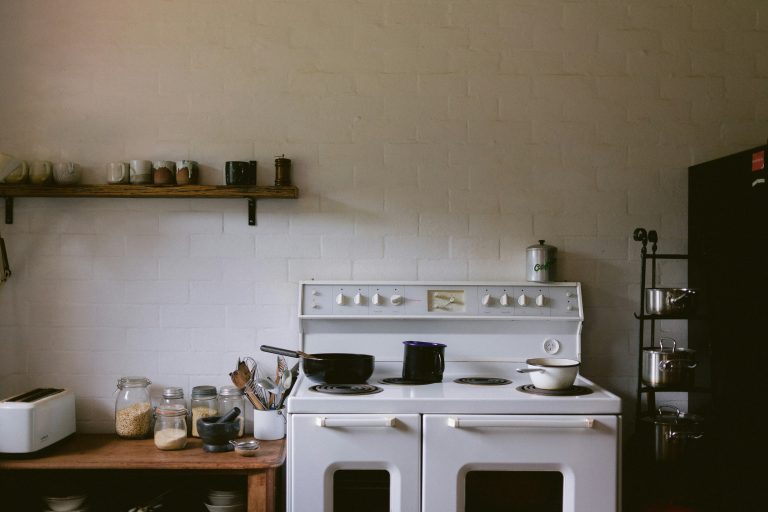Shiny, gleaming new appliances might tempt some, but the truly savvy homeowner sees past the lure of shiny surfaces. A troubling pattern emerges: more frequent appliance disposal leads to increased landfill waste and a mounting environmental toll. Repair shops once flourished on every high street. Now, they’re as rare as unicorns, replaced by retailers shouting about smart features and new models. Yet there’s another shift coming—quiet, ground-up. In kitchens where kettles clatter and fridges hum along faithfully for decades, something is changing. Households tired of needless waste are waking up to the power of restoration over replacement. Is this trend just nostalgia? Unlikely.
Penny-Wise without Penny-Pinching
This is the first wonderful surprise: fixing up an old oven or fridge can save you more money than you think. Products such as those provided by Range Exchange show that professional rehabilitation, rather than outright replacement, can greatly extend the life of an appliance. Instead of throwing away a well-loved stove, specialists can carefully put in new parts and get it working again. Appliances these days don’t last as long as they should, with average lifespans that are disappointing. Restoration, on the other hand, is worth it in the long run and costs significantly less than retail pricing, excluding the additional expenses of shipping and installation. For many practical families, long-term dependability is more important than having the newest model.
Landfill Isn’t Destiny
Broken doesn’t mean finished, although producers prefer that others think differently. Every year, high-end kitchens discard hundreds of dishwashers and washing machines due to minor issues or worn seals. Those who examine find that fixes are rarely as complicated as they seem. Plastics and precious metals that won’t disintegrate in landfills will decrease. Some regions give rebates for repairs over replacements, which environmentalists and anyone who wants cleaner streets appreciate.
Restoration Brings Character Back
Nobody remembers last year’s best-selling microwave model; people remember Aunt May’s ancient toaster humming along reliably at family breakfasts since ’78. Originality matters in design—it always has—meaning saving appliances isn’t only practical but also cultural. Refurbished items stand apart from cookie-cutter trends dictated by glossy catalogues and influencer videos shot in staged kitchens with uncanny lighting perfection. Returning charm to older devices adds stories to daily routines instead of erasing them for soulless upgrades nobody will cherish ten years down the line.
Community Skills Revival
Skilled trades have faded when mass production promised endless convenience at the click of a button; now those same skills are experiencing an unexpected revival among homeowners who are hungry for substance over style alone. Local repair collectives gather in church halls or cafes, swapping advice about thermostats and tricky dishwasher motors—no corporate helpline is required—and curiosity spreads fast once neighbours see the results firsthand. Communities build resilience one fix at a time; not only do they save money together, but they also develop pride in abilities often overlooked in tech-obsessed times like these.
Conclusion
Tossing out perfectly useful gear simply isn’t clever—waste piles up too quickly while resources vanish far too easily. The already overstretched planet groans beneath constant demand for novelty over necessity. Generation after generation overlooks simple solutions that are readily available. Truth always returns eventually: value lies in making things last. Fixing rather than ditching is no longer quirky nostalgia; it’s fast becoming common sense. Entire neighbourhoods benefit when creativity meets practicality; doors open towards lower-waste living habits that stick far beyond fleeting trends


